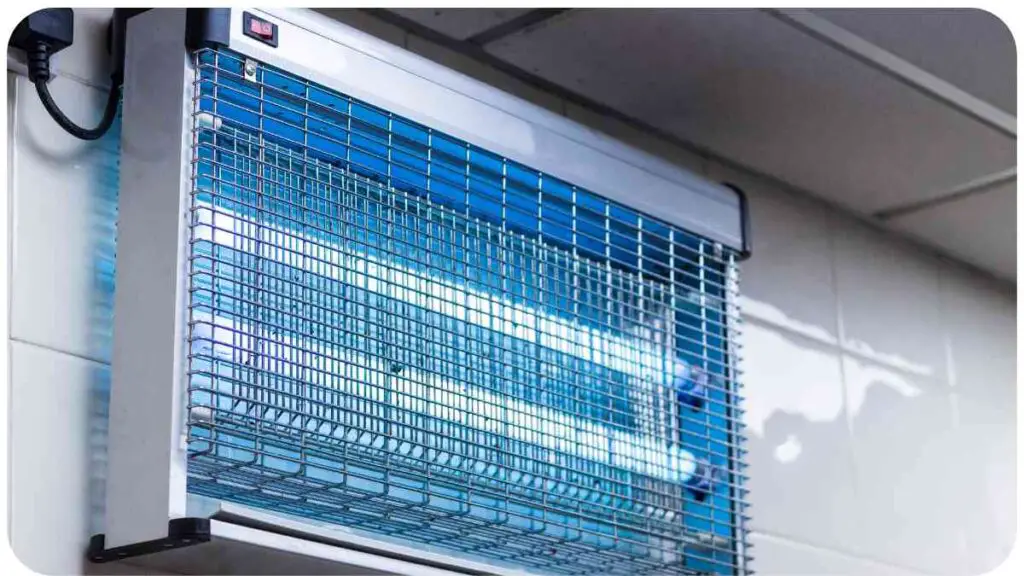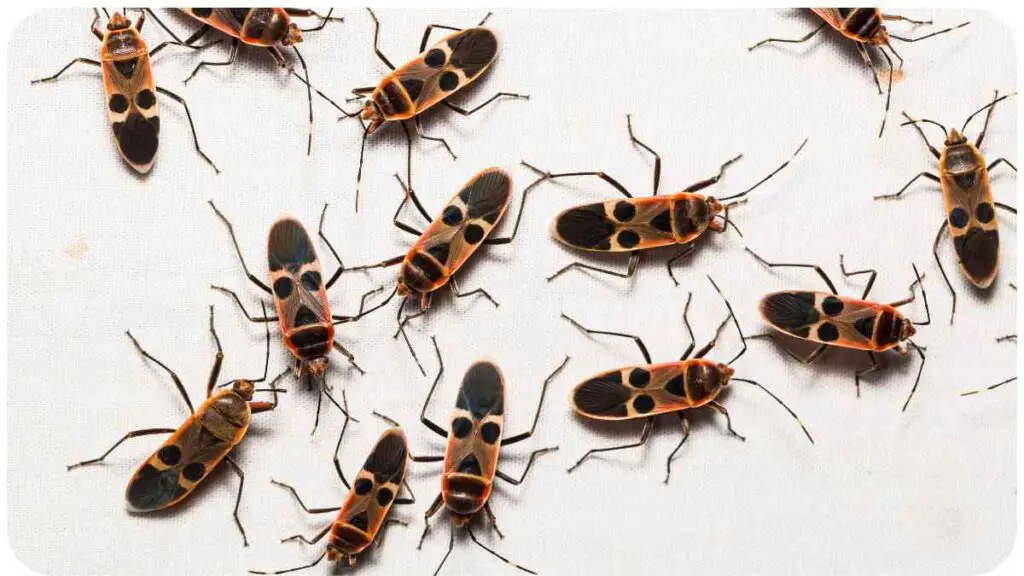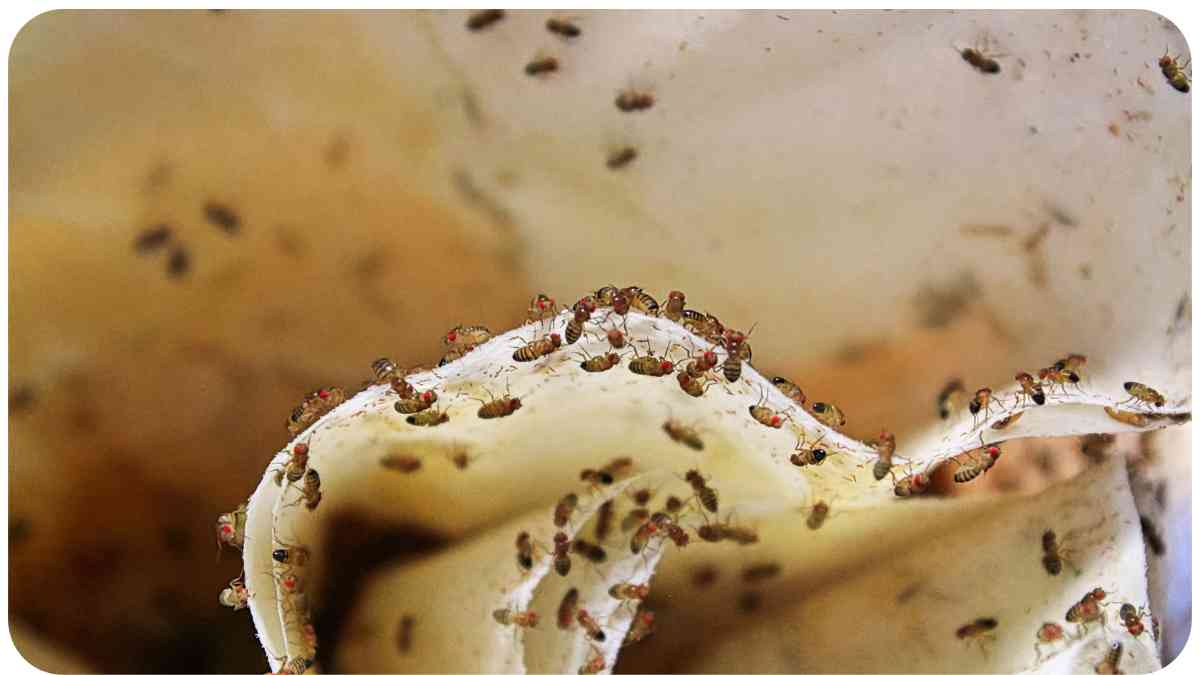Welcome to our guide on troubleshooting common issues with electric bug zappers. If you’re tired of pesky insects ruining your outdoor gatherings or invading your home, an electric bug zapper can be a lifesaver.
However, like any electrical appliance, they can occasionally run into problems. In this article, we will delve into the world of bug zappers, discussing their components, common issues, and how to resolve them effectively.
| Takeaway |
| Troubleshooting bug zappers is essential for ensuring they work efficiently. |
| Understanding the components of a bug zapper is crucial for effective troubleshooting. |
| Regular maintenance and proper positioning can solve common bug zapper issues. |
| Consider eco-friendly bug zappers if you’re environmentally conscious. |
| Personal tips from experienced users can enhance your bug zapper’s performance. |
2. Understanding Electric Bug Zappers

Before we dive into troubleshooting, let’s understand the basics. Electric bug zappers work by attracting insects using UV light and then electrocuting them when they come into contact with an electrified grid. These devices are environmentally friendly and provide a chemical-free solution to bug problems.
Ants play a crucial role in ecosystems, contributing to biodiversity. Not all ants are pests; some are beneficial. Understanding ants in the ecosystem helps strike a balance in pest control and conservation.
3. Common Bug Zapper Components
To troubleshoot effectively, it’s essential to know the key components of a bug zapper:
| Component | Function |
| UV Light | Attracts insects |
| Electrified Grid | Electrocutes insects |
| Housing and Wiring | Protects the internals |
| Collection Tray | Holds insect remains |
| Power Source | Provides electricity to the zapper |
4. Troubleshooting Process Overview
Before we tackle specific issues, here’s a general process for troubleshooting your bug zapper:
- Safety First: Always ensure the bug zapper is unplugged before any inspection or maintenance.
- Visual Inspection: Examine the zapper for any visible damage, loose wires, or debris.
- Clean the Grid: A dirty grid can reduce efficiency. Clean it with a soft brush.
- Check the Bulb: Ensure the UV bulb is working correctly. If not, replace it.
- Coverage Assessment: Evaluate the zapper’s positioning for optimal bug attraction.
Now, let’s delve into some common bug zapper issues and how to resolve them.
5. Bug Zapper Not Turning On
Possible Causes:
- Power outlet issues.
- Wiring problems.
- Faulty switch.
Solution:
- Check the power outlet by plugging in another device to confirm it’s functional.
- Inspect the wiring for any exposed or damaged sections. Replace if necessary.
- If the switch is faulty, replace it with a compatible one.
Remember to follow all safety precautions during these checks.
Bid farewell to mosquito bite scars with an incredible, all-natural solution. Discover the secrets to eliminating scars quickly in this informative guide.
6. Weak Attraction of Bugs

Possible Causes:
- Dim or malfunctioning UV bulb.
- Positioning in a poorly lit area.
Solution:
- Replace the UV bulb with a new one.
- Ensure the bug zapper is placed in a well-lit area for maximum bug attraction.
7. Inadequate Coverage
Possible Causes:
- Incorrect placement.
- Insufficient power for the area.
Solution:
- Reposition the bug zapper to cover the target area effectively.
- Consider using multiple bug zappers or a higher-powered model for larger spaces.
8. Maintenance and Cleaning Tips
To keep your bug zapper running smoothly, perform regular maintenance:
- Clean the grid and collection tray every two weeks.
- Replace UV bulbs annually for optimal performance.
- Ensure the zapper is protected from the elements to prevent damage.
Keep your surroundings rat-free with our simple guide. Implement easy-to-follow tips and methods to deter rats effectively and protect your space from potential damage.
9. Unusual Sounds or Odors
Possible Causes:
- Insects getting stuck in the grid.
- Electrical issues.
Solution:
- Turn off the bug zapper and unplug it before inspection.
- Remove any trapped insects using a soft brush.
- If the issue persists, consult a professional for electrical repairs.
10. Safety Concerns
Safety is paramount when dealing with bug zappers. Here are some tips to address safety concerns:
- Keep bug zappers out of reach of children and pets.
- Install bug zappers away from flammable materials.
- Regularly inspect the wiring for any signs of wear or damage.
11. Eco-Friendly Bug Zappers
If you’re concerned about the environment, consider eco-friendly bug zappers. These models are designed to minimize their impact on nature:
Facing a cockroach infestation? Identify and treat the source using valuable insights in this expert guide. Safeguard your home from these pests with proactive measures and effective solutions.
12. Bug Zapper Brands Comparison
Let’s compare the three brands we’ve discussed so far:
13. Personal Tips for Bug Zapper Success
As someone with extensive experience in the field, I’d like to share a few personal tips:
- Optimal Placement: Position your bug zapper near areas where insects congregate, such as near standing water or outdoor seating areas.
- Nighttime Operation: Run your bug zapper during the evening and night when insects are most active.
- Combine Methods: Use bug zappers in conjunction with other pest control methods, like mosquito nets or citronella candles, for best results.
- Regular Maintenance: Don’t neglect regular cleaning and bulb replacement to ensure your bug zapper remains effective.
Discover the right way to handle wasp nests in your home. Ensure safety and effective removal methods with our guide on dealing with wasp nests. Protect your space from potential stings and infestations
14. Conclusion
In conclusion, electric bug zappers are a fantastic solution for keeping annoying insects at bay. By understanding their components and common issues, you can troubleshoot and maintain your bug zapper effectively.
Remember to choose a model that suits your needs, considering factors like coverage area, maintenance requirements, and eco friendliness. With the right bug zapper and proper care, you can enjoy bug-free outdoor gatherings and peaceful nights.
Further Reading
For more in-depth information on troubleshooting bug zappers, check out these helpful resources:
- How to Troubleshoot a Bug Zapper
- Explore this comprehensive guide on Hunker to learn step-by-step techniques for diagnosing and fixing common bug zapper issues.
- 4 Reasons Why Your Electric Fly Killer Isn’t Working
- Discover insights on LinkedIn from Daniel, who shares four common reasons why your electric fly killer may not be working as expected.
- Why Is My Bug Zapper Not Zapping?
- Visit Mums Delivery for practical tips and explanations regarding why your bug zapper might not be living up to its potential.
FAQs
How do bug zappers work?
Bug zappers attract insects with UV light and then electrocute them when they come into contact with an electrified grid.
Why is my bug zapper not turning on?
Common reasons for this issue include power outlet problems, wiring issues, or a faulty switch.
What can I do if my bug zapper attracts a few bugs?
If your bug zapper is not attracting enough bugs, consider replacing the UV bulb and ensuring it’s placed in a well-lit area.
How often should I clean my bug zapper?
Regular cleaning, typically every two weeks, is recommended to maintain the bug zapper’s efficiency.
Are there eco-friendly bug zapper options?
Yes, some bug zappers are designed to be eco-friendly, using low energy or solar power and avoiding the use of chemicals.

Hello! I’m Hellen James, and I write about how to keep pests from invading your home. For the last 10 years, I’ve been working in pest control and am excited to share my expertise with you!


